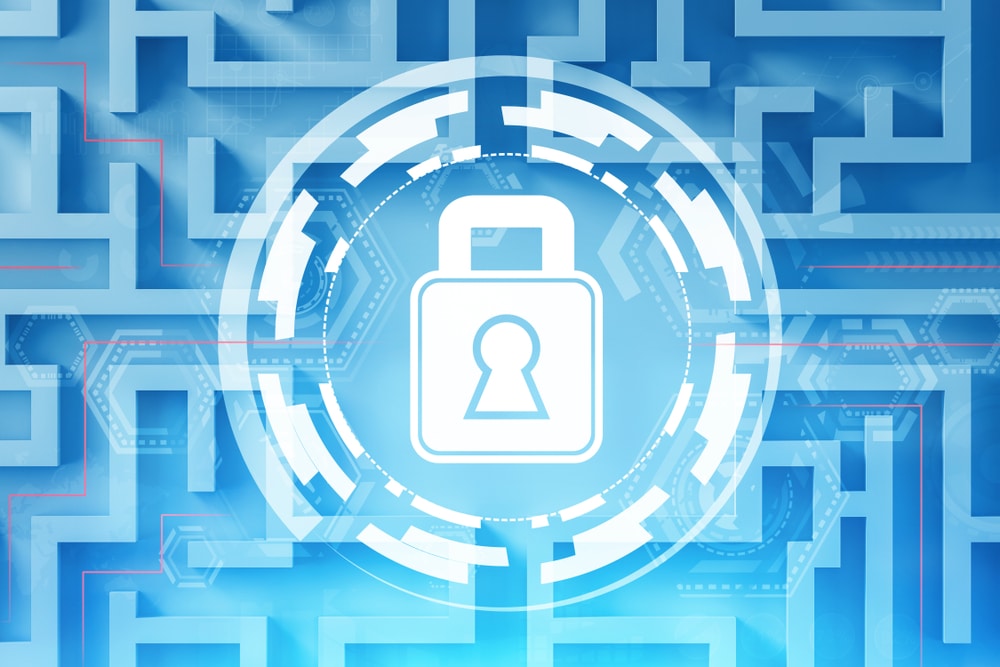Mo Ahddoud: “What is a cybersecurity strategy?”


James Thorpe
Share this content
When it comes to cybersecurity, there are plenty of misconceptions. Many companies still don’t realise the importance of having a cybersecurity strategy. Even after the shift brought about by the pandemic, as unprecedented numbers plan to continue working remotely, some businesses are oblivious to what cybersecurity is and how it can help them.
Any business ‘making do’ without a strategy is taking a serious risk. Most organisations have now realised how critical it is to plan for cyber-attacks and be able to recover quickly from them when they do occur.
Through this series of articles and masterclass videos, Chameleon Cyber Consultants will examine what a strong cybersecurity strategy looks like and how to build one through informed investment from the board level down.
These articles draw on CEO Mo Ahddoud’s 25 years of cybersecurity experience to explain the logic and common mistakes he’s seen in corporate cybersecurity, while the company’s downloadable guide offers you actionable advice to improve your own strategy.
This article continues the series by defining what a cybersecurity strategy looks like and how to maintain your own strategy to provide robust protection for your organisation.
The importance of strategy
[Our first article in this series] looked at the importance of executive buy-in for a cyber strategy. That top-down understanding of how your business operates is critical. With it, you can define the step-by-step process which will ensure you are ready to handle threats and breaches as best you can.Operating without a strategy leaves a business open to significant financial risks. Falling victim to a cyber-attack will often mean data losses that leave an organisation offline and scrambling to recover.
Even small businesses can incur catastrophic losses from cyber-attacks, losing an average of £4,200 from incidents with material losses. The Department for Culture, Media and Sport also warned that the true cost of these attacks could be far higher, as there’s no real framework for estimating the costs of factors like reputational damage.
I use a cooking analogy in the video above. If you give a handful of chefs the same ingredients, they’ll come up with just as many creative and varied dishes. Give everyone a recipe to follow, steps of what to do and how to do it and you’ll instead see much more similar meals.
When it comes to security, there are right and wrong ways to do things. As much as I like variety in my kitchen, at work, it’s all about consistency. Cybersecurity plans have to deliver the same few results: A protected business with managed risks and the capability to recover from breaches.
Cybersecurity strategies are live documents
A crucial aspect of any security strategy is that it develops with the business. If we were to take the cooking analogy one step further, consider seasonal menus. We want to be able to adapt our recipe to reflect the changing availability of ingredients.
This is akin to the shifting cyber-landscape, with new emerging threats and also changes within your business. As your ways of working change — perhaps through a new service offering, an additional tool, different data types — the best recipe for keeping your organisation secure will evolve too.
Strategies must align with business goals
Understanding what your business is trying to achieve and the processes that will get it there is critical to developing your cybersecurity strategy and keeping it relevant. As such, your strategy should serve your ways of working, aims and risk appetite both now and in the future.
Does your organisation have plans to update its systems, collect more data or expand its operations to new locations? These are just a few of the changes that should prompt you to review your strategy and ensure it continues to support your business effectively. Is your most important data protected?
Organisations should regularly review their cyber strategy
While some of the larger changes mentioned above can act as effective prompts to reassess your procedures, reviewing the cybersecurity strategy should also be a part of your routine. Even if nothing has changed within your business, the threat landscape it’s facing will likely have adapted.
New threats are constantly appearing so adopting a continuous improvement mindset for your strategy will ensure your business is best placed to counter and deal with attacks. By maintaining an up-to-date understanding of your business and how its cyber strategy supports it, you can make small regular improvements in no time, rather than leaving yourself playing catch up down the line.
Understand the critical components of an effective strategy
You should now have a better idea of how a cyber-strategy fits into the broader picture of your business. But what does it need to include? Our next piece in this series will look at the steps to building a cyber strategy from the ground up.
Our customers recognise that they have room to grow — be that in terms of their cyber expertise and maturity, or in a broader commercial sense. Many are looking to expand and recognise that cybersecurity is essential if they’re to do so safely.
If, like them, you want more practical explanations and ideas for what the moving pieces of your own strategy might look like, our strategic planning action guide could help. We created it specifically to share actionable ways to build a cyber strategy that serves your business effectively, adding depth to the theoretical ideas discussed in this series.
Download the cyber strategy action guide here.



